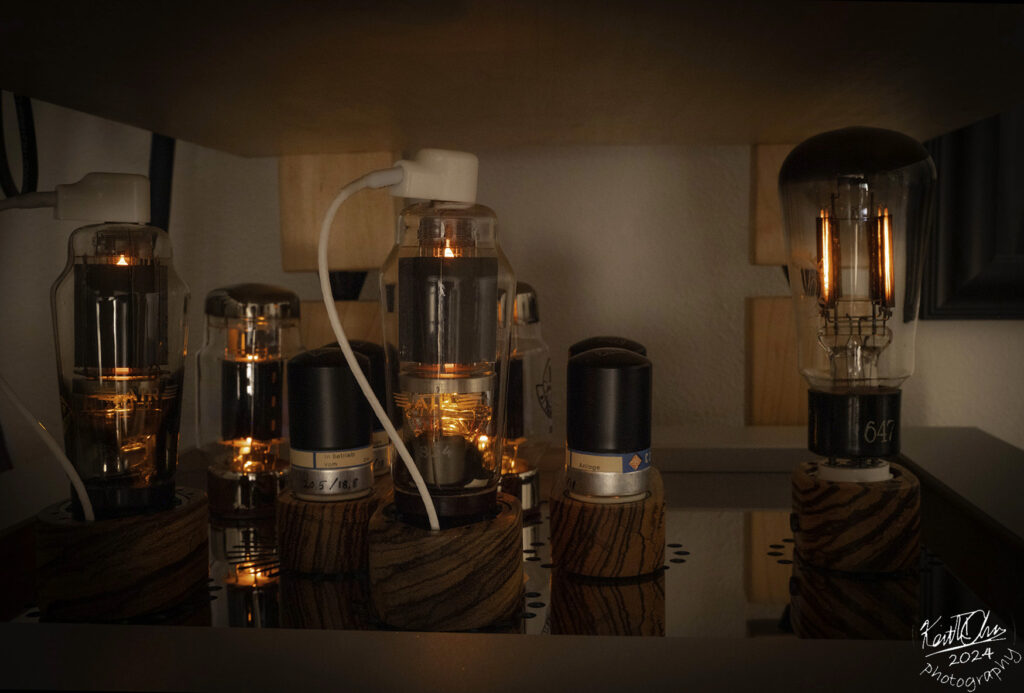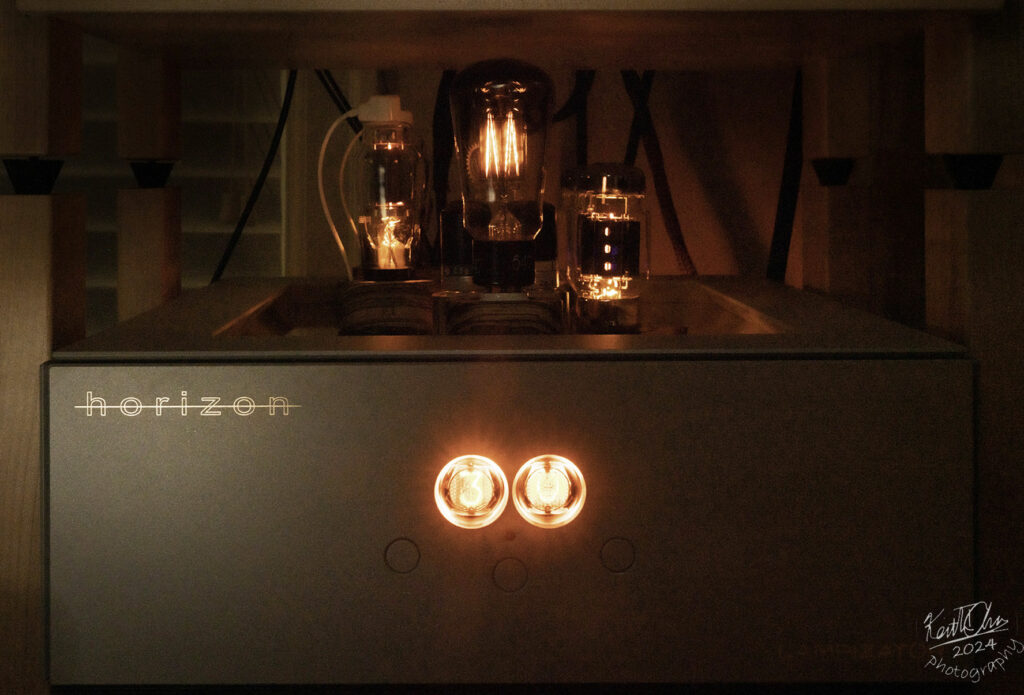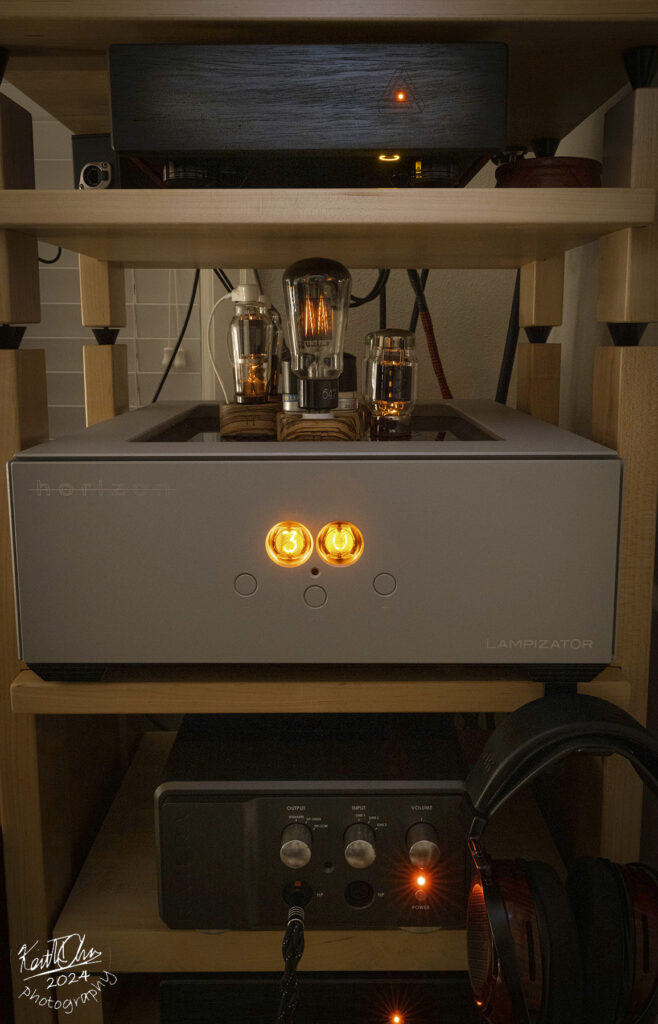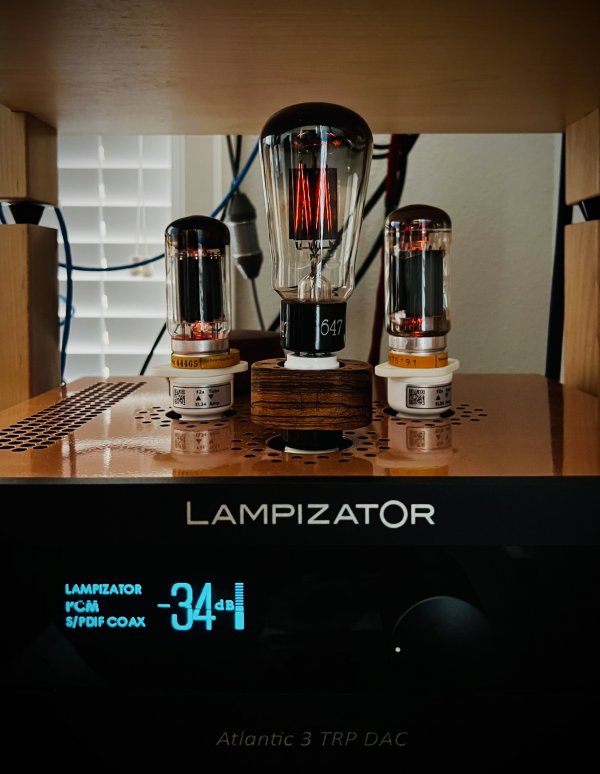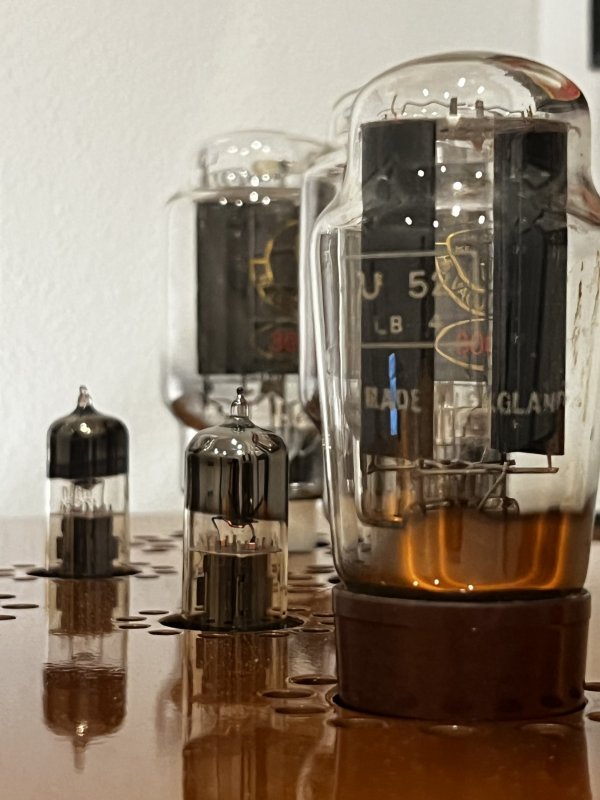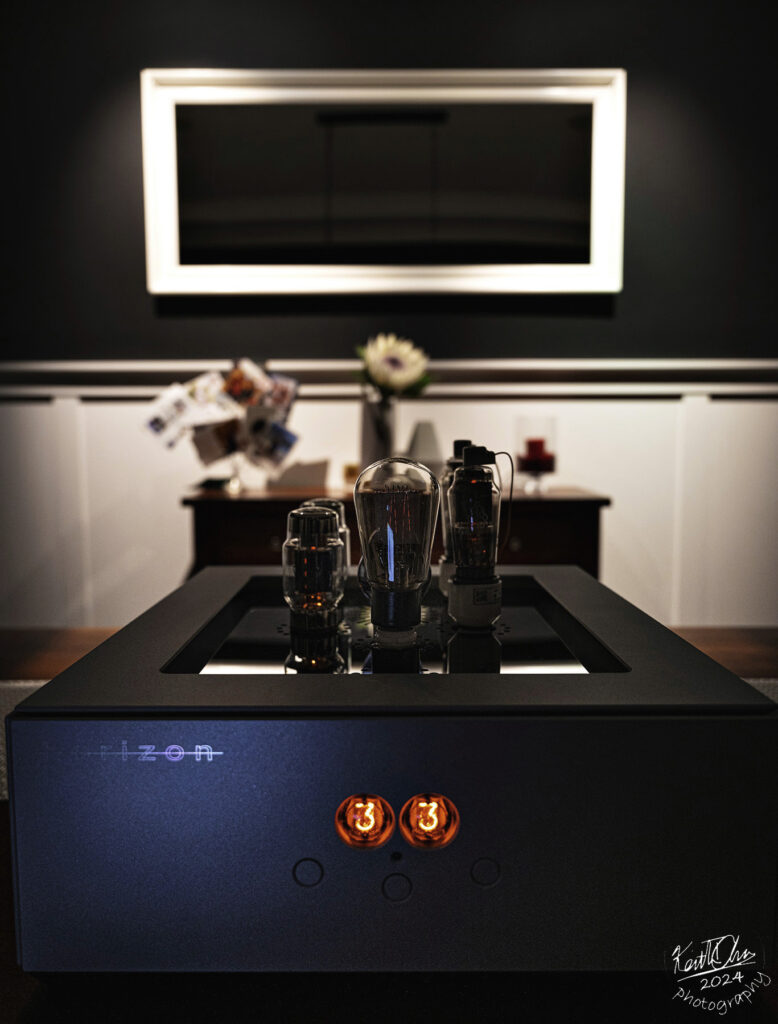
I hope no one at work reads this... I've been barely able to get through the last several days of work. My daytime sleepy stupor resulted from all the very late night listening and my inability to walk away from that one more song since the Horizon arrived. To confess, I even woke up early this morning to listen more and ended up being late for work. Hard to recall the last time I was so enraptured with a piece of new audio gear...
Flash back to the 2000s when I first heard the name Lampizator on Audioasylum forums. Some guy named Lukasz was hand-building DACs and gaining a passionate following, and from the sidelines over the next decade I saw Lampizator turn from a small boutique to become a recognized giant. My own audio journey went the direction of California Audio Labs, Resolution Audio and Vinnie Rossi, and fast forward to 2022 the upgrade path serendipitously led me back to my first Lampizator purchase: an Atlantic TRP 2 with Engine 11 upgrade. It was love at first listen, and within a 15 month period I climbed the Lampi ladder from the TRP2 to a Golden Atlantic TRP3, a Pacific 2, and then now the Horizon.
Insanity? Guilty. But a happy lunatic, and compelled to share my comparison of the Horizon with the Pacific 2 and the GA TRP3. After all, the Pacific was the flagship DHT DAC prior to the Horizon's launch, and was recently upgraded with the latest Engine 11P circuit. During my transition period I was also loaned the Totaldac Unity by my local friend Rob which will also be included as another comparison point.
Why 'Horizon'?
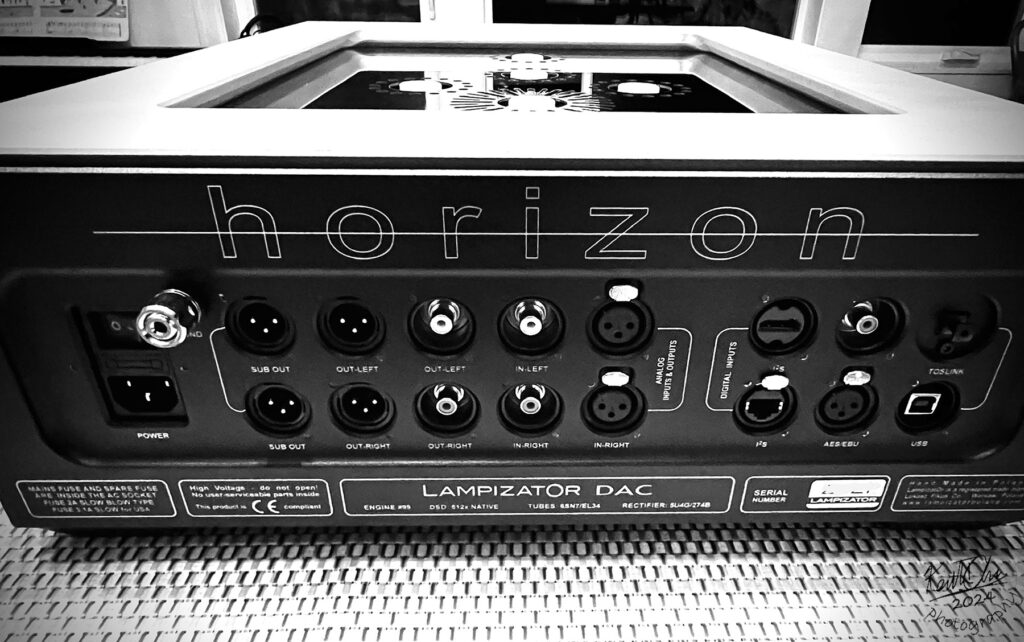
Prior to my deep interest in the Horizon, this latest flagship DAC seemed like just another Lampizator model -- new top-tier, supposedly better, and highest price. But it actually represents a dramatic and very unique design that deviates from Lampizator's history -- as Lukasz explains, it was the perfect storm of a limited supply of a new DAC chip, a new vacuum tube configuration using a quad of pentodes for power regulation, anode loading and cathode buffering in a balanced circuit, and a fanatical challenge of his engineering team to reiterate design after design to achieve the best sound, followed by his team spending hundreds of hours doing blind listening and picking each individual component/brand/product from the caps to solder... all only made possible due to the year of Covid isolation. In other words, while prior products like the Pacific was an attempt to make the best evolution of their DHT DAC, the Horizon was the absolute no holds barred pursuit of perfection only achievable as a labor of love -- a true statement product in every sense of what they can do. If the Pacific represents the power and dynamic of the greatest ocean, then the essence of the Horizon is the dream of the possible and ultimate destination -- "the limit of a person's mental perception, experience, or interest " as the name is defined by Oxford dictionary. And if I understand correctly, only a limited number of Horizons will be produced due to parts availability.
The Horizon's design is fully balanced. While the prior DACs (Baltic, Atlantic, Big 7, GoldenGate, Pacific) that can be ordered in either SE or balanced configurations and with optional volume control, the Horizon only comes in one configuration -- they all have volume control, SE and balanced inputs and outputs. Color preferences for the body panels and top plate are the only customizable choices (mine is Sahara Silver body with a chrome silver top). The external design also differs from their prior DACs -- unlike the classic products that have a boxy, industrial sheet-metal appearance with exposed fasteners (e.g. socket head screws on the Pacific), the Horizon has a modern yet artistically sculpted body with suspended "floating" side panels, and a recessed accent top; under certain dimmed lighting conditions the tubes almost appear to rise above a water surface. No screws are visible except on the bottom panel. The core of the very heavy and rigid body is a solid CNC frame where the circuit is directly mounted in order to maximize support stiffness and vibration control, and the OLED display used in other DACs is instead replaced with a Nixie-tube display not only for the cool-factor, but also to minimize electrical noise.
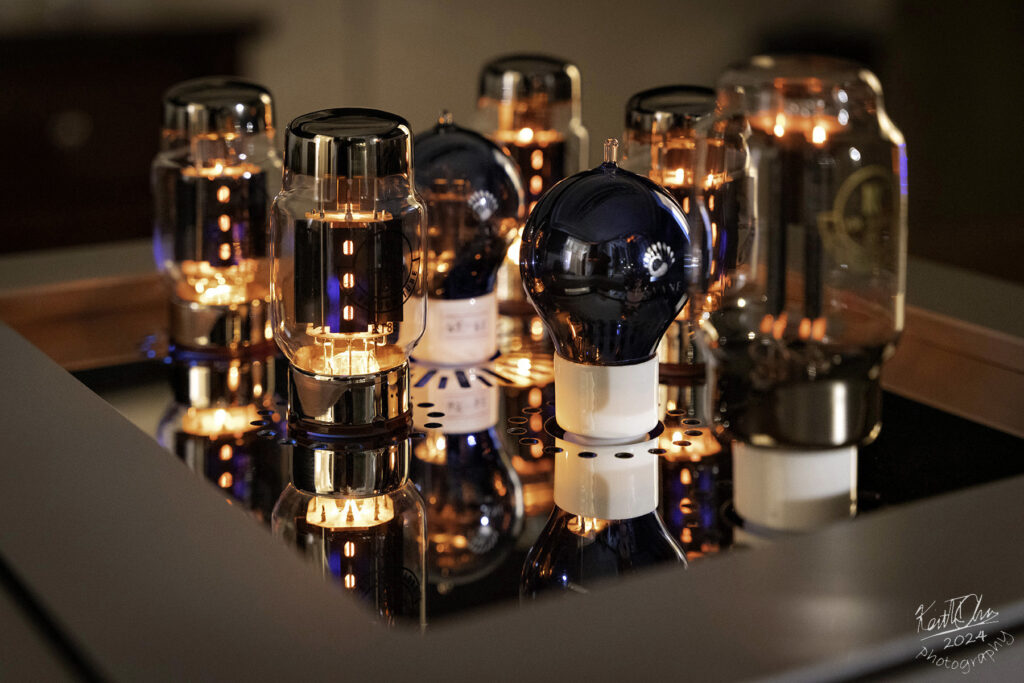
My initial reaction upon seeing the Horizon was a major Wow! While I remember first seeing the Pacific 2 and immediately recognizing its size and heft, to my eyes it did not have a particularly beautiful or sophisticated appearance. The Horizon, on the other hand, looks like jewelry -- I especially love the flow of its body lines and the mirror-like top that amplifies the tube glow. Spousal approval was high (aka she even made a compliment). It is the same size as the Pacific but slightly heavier (~70 lbs), and is a LOT stiffer; this chassis means business and feels like a piece of granite. Aesthetically it will fit well as a centerpiece of an audio system.
The test system consists of the Lampizator Horizon using both stock (KR Audio 5U4G and KT88, Psvane 6SN7 blue globes) and NOS tubes (Valvo G2504, Telefunken C3G, SFR P17C all with TP adapters) compared against a balanced Pacific 2 w/ VC (with G2504, C3G, PT14 with TP adapters), Golden Atlantic TRP3 w/ VC (with Siemens F2a, Western Electric 422A), and Totaldac Unity. Roon and locally-stored files were played from a Lucas Domanksy Music Server (LDMS) Minimax. The DACs directly drove a Riviera AIC10 Bal amplifier and a pair of ZMF Caldera planar headphones. A Shunyata 6000S/V2 supplied power with a mix of QSA-Lanedri, Sablon and Shunyata cables. Digital and analog interconnects included Shunyata Omega and Alpha V2. Incoming ethernet signal was processed by an Innuos Phoenixnet and Network Acoustics Muon filter. The Horizon also used a Synergistic Research Purple fuse and sat on Critical Mass Systems Center Stage 2 footers.
The Sound
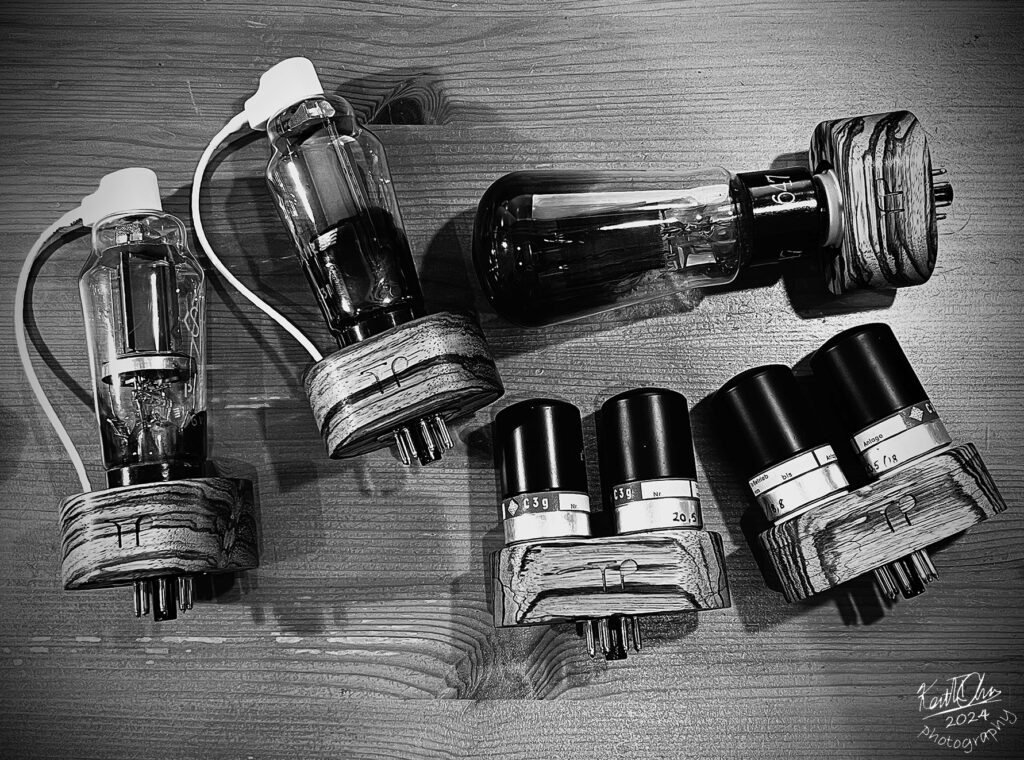
Numerous well done reviews of the Horizon exist at the time of this writing (hats off to Greg Weaver's article as an exemplary one). For my reflection I will limit the scope to what I feel are potentially contenders for those considering upgrading to, or instead of, a Horizon -- in this case, two other Lampizator siblings, and the Totaldac's latest mid-tier offering.... if you immediately struggle with a comparison of DACs of such varying costs... that's my liberty as the writer.
To set the stage, the Pacific 2 with its pricey set of NOS tubes replaced the GA TRP3 as my reference DAC. At roughly 3x the cost of the TRP, it turned multiple technical knobs one click higher which was quite an achievement -- there were more microdetails (aka "plankton"), more nuance, and actually slightly deeper bass. There was a timbral refinement which clearly set it as a higher benchmark, but for my system, it also came at a cost: it presented music in a very matter-of-fact voice, which some may call 'neutral', but to me it lacked a certain boogie-factor that was so apparent whenever I went back to the TRP. I heard more with the Pacific, but with the TRP I played air guitar and sang along with a smile.
During the Horizon's production, I had the Totaldac Unity for 3 weeks to answer the question, What if I left tubes behind? Honestly, I was somewhat blown away -- the Totaldac sounded beautiful and fun, rivaled some of the Pacific's technicalities, and had the added convenience of being okay powered on 24/7 without any guilt of tube wear. It portrayed music in a way which I would get lost in enjoyment and stop worrying about how maybe it wasn't the last word in details, bass definition, tonality, or frequency extension. There were at least several times when I felt it (or its sibling the Triunity) would be a great DAC option if I had to build a new system and was willing to be tube-less, especially since it cost less than my balanced Pacific (not to say which I would ultimately pick, as all 3 have their merits).












